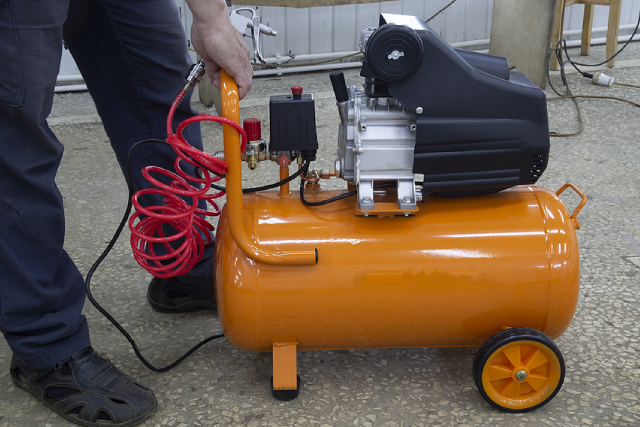Troubleshooting Common Issues With Air Compressors

Air compressors have become an indispensable part of various industries, powering essential machinery and processes. However, these mechanical workhorses are not immune to hiccups, making us wonder how long they actually last. Understanding and tackling common problems that plague air compressors can be the key to uninterrupted operations and cost savings.
1. Pressure problems: buildup and insufficiency
One of the most recurring concerns is either the failure to build pressure or the decline in pressure output. This can stem from multiple factors, such as leaks in the air system, valve wear, or pressure switch malfunctions. Inspecting connections for visible leaks is a good starting point. Tightening loose fittings and replacing damaged parts might do the trick. If the pressure remains low, evaluating the pressure relief valve and adjusting switch settings could resolve the issue.
2. Noise and vibration: unwanted symphonies
Strange noises and excessive vibration are telltale signs of trouble. Loose components, unbalanced moving parts, worn bearings, or lack of lubrication could be at fault. Begin by scrutinising and securing all fasteners. If the noises persist, delve into the realm of belts, pulleys, and other moving parts. Regular maintenance routines that include proper lubrication can effectively minimise noise and vibration concerns.
3. Overheating: the heat dilemma
Overheating is a recurring culprit that can accelerate wear and tear. Poor ventilation, incorrect oil levels, or cooling system failures are common culprits. Adequate placement of the compressor in a well-ventilated area can work wonders. Double-checking oil levels and adhering to recommended oil change intervals can mitigate overheating. Cleaning air filters and cooling fins is vital to enhance heat dissipation.
4. Slippery situations: oil leaks
Oil leaks not only hint at internal issues but also pose environmental hazards. Thoroughly inspecting the compressor for visible oil leaks and tracking their origins is essential. Worn seals, gaskets, or damaged parts often lead to leaks. Swift replacement of such components and tightening of connections can stem the leak flow. Regular leak checks during maintenance routines can act as a preventive shield.
5. On-off marathon: constant cycling
Excessive cycling, where the compressor frequently starts and stops, might indicate pressure switch glitches, leaks, or improper settings. Begin by adjusting pressure switch settings as per specifications. Dig deep into the air system for leaks, as even minor ones can cause erratic cycling. If the issue lingers, a pressure switch replacement might be in order.
6. Breathing problems: inadequate air output
Insufficient air delivery hampers several applications. Clogged air filters, worn intake valves, or piston ring wear could be the culprits. Regularly replacing or cleaning air filters and checking intake valve function can restore adequate air output. Addressing worn piston rings might necessitate replacement, but it's a worthy investment.
7. Motor woes: starting stumbles
Struggles during compressor motor startup often point to electrical glitches, a faulty capacitor, or motor issues. Thoroughly examine wiring connections for any anomalies and ensure a stable power supply. A damaged or bulging capacitor might need replacing. If motor startup remains problematic, it might be time to seek professional assistance.
8. Water woes: moisture menace
Condensation causing water buildup in airlines can corrode equipment and decrease tool efficiency. Installing air dryers or moisture separators can effectively thwart moisture accumulation. Regularly draining moisture from tanks and lines ensures optimal air quality.
Conclusion
Effectively troubleshooting air compressor problems requires a methodical approach to identify and rectify issues. Regular upkeep, prompt repairs, and adherence to manufacturer guidelines, particularly for screw compressors, stand as pillars of maintaining an efficient and durable air compressor. By proactively addressing screw compressor issues and delving into their origins, you can minimise downtime and guarantee continuous compressor performance across diverse industries and applications.

